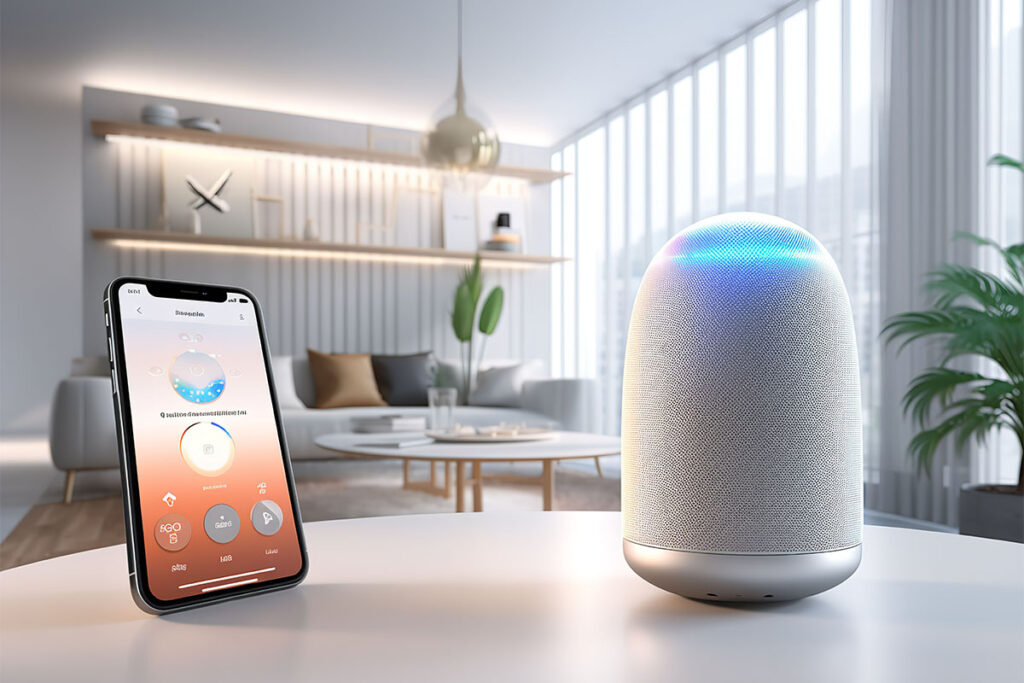In this article, we will delve into the latest trends in eco-friendly gadgets, highlighting how companies are integrating sustainable practices into their product designs. You will learn about groundbreaking innovations that are not only functional but also contribute to a healthier planet. We will explore various categories of sustainable tech, including energy-efficient appliances, smart home devices, and wearable technology that promotes environmental awareness.
Moreover, we will discuss the impact of these eco-friendly gadgets on consumer behavior and the broader implications for the tech industry. As you read on, you will discover how adopting sustainable technology can lead to significant cost savings and a reduced carbon footprint. Join us on this journey to uncover the exciting advancements in eco-friendly gadgets and how they are shaping a more sustainable future. Don’t miss out on the opportunity to be part of this transformative movement!
As we move into 2024, the demand for eco-friendly gadgets is surging, driven by a growing awareness of environmental issues and the need for sustainable technology. This article explores various aspects of sustainable tech, highlighting innovations that are shaping a greener future.
The Importance of Sustainable Technology
Sustainable technology plays a crucial role in reducing our carbon footprint and conserving natural resources. As climate change becomes an increasingly pressing issue, the need for eco-friendly gadgets has never been more critical. These technologies not only help in minimizing waste but also promote energy efficiency, making them essential for a sustainable future.
By integrating sustainable practices into technology, companies can create products that are not only environmentally friendly but also economically viable. This shift towards sustainability is not just a trend; it is a necessary evolution in how we approach technology and its impact on the planet.
Innovations in Renewable Energy Gadgets
Renewable energy gadgets, such as solar chargers and wind-powered devices, are at the forefront of sustainable tech in 2024. These innovations harness natural energy sources, reducing reliance on fossil fuels and decreasing greenhouse gas emissions. Solar-powered gadgets, for instance, are becoming increasingly popular for their ability to provide clean energy for everyday use.
Moreover, advancements in battery technology are enhancing the efficiency of these renewable energy gadgets, making them more accessible and practical for consumers. As the technology continues to evolve, we can expect to see even more innovative solutions that promote the use of renewable energy in our daily lives.
Eco-friendly Materials in Gadget Production
The use of eco-friendly materials in gadget production is gaining traction as manufacturers seek to reduce their environmental impact. Biodegradable plastics, recycled metals, and sustainable wood are just a few examples of materials being utilized to create eco-friendly gadgets. These materials not only minimize waste but also promote a circular economy.
By choosing sustainable materials, companies can significantly reduce the carbon footprint associated with production. This shift not only benefits the environment but also appeals to consumers who are increasingly conscious of the products they purchase and their impact on the planet.
Smart Home Technology for Energy Efficiency
Smart home technology is revolutionizing the way we manage energy consumption in our homes. Devices such as smart thermostats, energy-efficient lighting, and automated appliances help homeowners monitor and reduce their energy usage. These gadgets not only contribute to lower utility bills but also promote a more sustainable lifestyle.
As smart home technology continues to advance, we can expect to see even more innovative solutions that enhance energy efficiency. The integration of artificial intelligence and machine learning will enable these devices to learn user habits and optimize energy consumption accordingly, further reducing environmental impact.
The Role of Wearable Technology in Sustainability
Wearable technology is making strides in promoting sustainability by encouraging healthier lifestyles and reducing waste. Fitness trackers and smartwatches, for example, help users monitor their physical activity and make informed decisions about their health. This focus on wellness can lead to a more active lifestyle, which is beneficial for both individuals and the environment.
Additionally, many wearable devices are now being designed with sustainability in mind, using eco-friendly materials and energy-efficient components. This trend not only appeals to environmentally conscious consumers but also sets a precedent for the future of technology in the wearable market.
The Impact of E-Waste and Recycling Solutions
E-waste is a significant environmental concern, with millions of tons of electronic waste generated each year. As the demand for gadgets increases, so does the need for effective recycling solutions. Companies are now focusing on creating products that are easier to recycle and implementing take-back programs to reduce e-waste.
Innovative recycling technologies are also emerging, allowing for the recovery of valuable materials from discarded electronics. By promoting responsible disposal and recycling, we can mitigate the environmental impact of e-waste and contribute to a more sustainable future.
Consumer Awareness and Eco-friendly Choices
Consumer awareness plays a vital role in the rise of eco-friendly gadgets. As more individuals become informed about the environmental impact of their purchases, they are increasingly seeking out sustainable options. This shift in consumer behavior is driving companies to prioritize sustainability in their product development.
Educational campaigns and certifications for eco-friendly products are helping consumers make informed choices. By understanding the
| Aspect | Description |
|---|---|
| Introduction | The demand for eco-friendly gadgets is increasing as consumers become more environmentally conscious. In 2024, sustainable technology is at the forefront of innovation. |
| Materials | Manufacturers are using recycled and biodegradable materials to create gadgets, reducing waste and environmental impact. |
| Energy Efficiency | New gadgets are designed to consume less energy, with many incorporating solar power and energy-efficient components. |
| Smart Technology | Integration of smart technology allows for better energy management, enabling users to monitor and reduce their carbon footprint. |
| Examples | Popular eco-friendly gadgets include solar-powered chargers, biodegradable phone cases, and energy-efficient smart home devices. |
| Consumer Trends | Consumers are increasingly prioritizing sustainability in their purchasing decisions, leading to a rise in demand for eco-friendly products. |
| Future Outlook | The trend towards sustainable tech is expected to grow, with more innovations aimed at reducing environmental impact and promoting a circular economy. |


